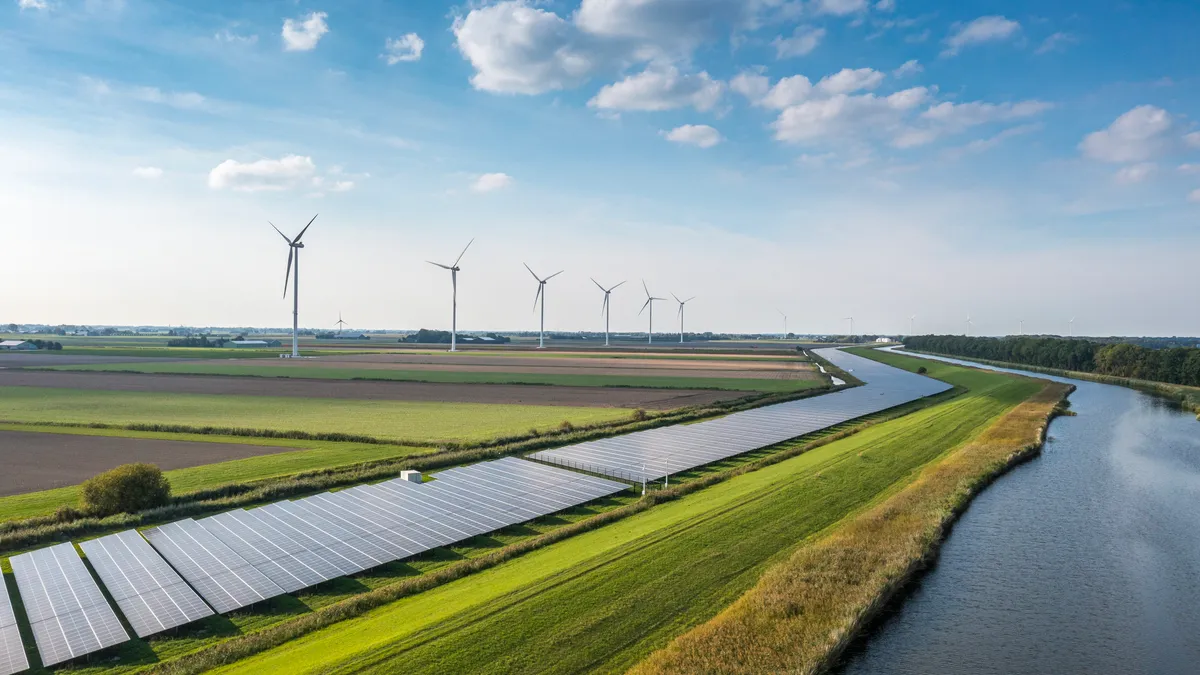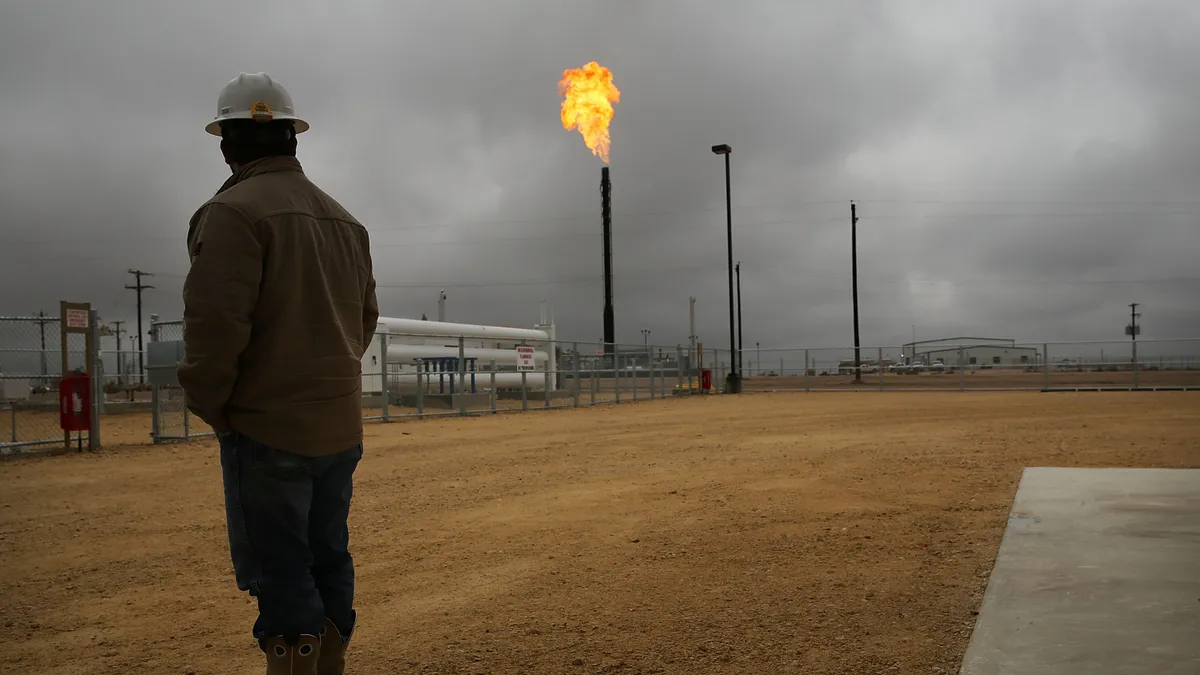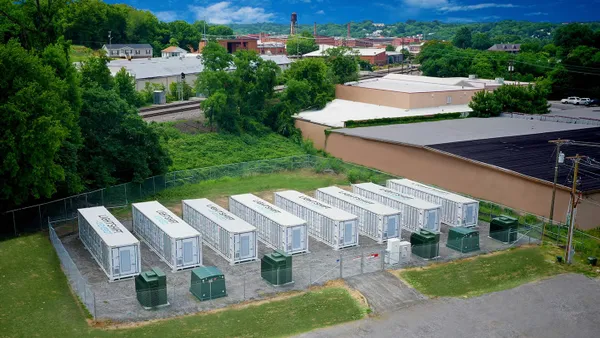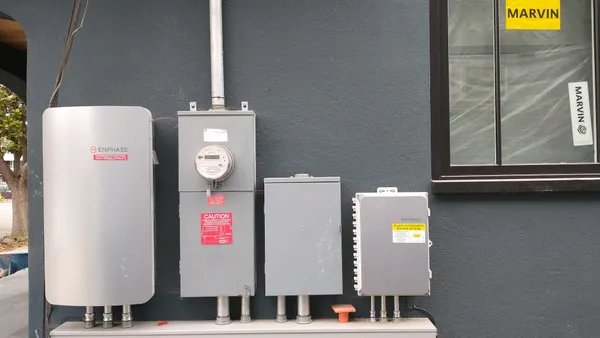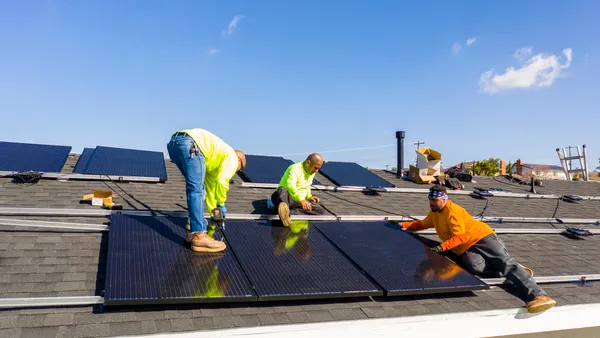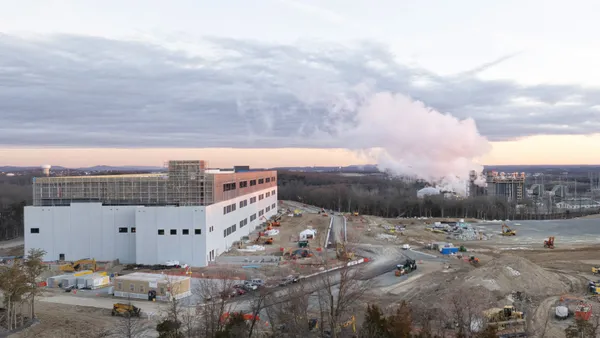Empowering the energy transition
Significant progress has been made in recent years to decarbonize electricity generation through the increased build-out of renewable energy, such as solar and wind. Hitachi Energy tackled the equally gnarly challenges of sustainable transmission and distribution with the aim to accelerate the transition towards a carbon-neutral energy future.
As electricity becomes ever more vital for the functioning of modern society, there is less room for compromise on the reliability and stability of power systems. Consequently, we have to deal with higher short-circuit currents. To address this need, the company unveiled the EconiQ® high-voltage roadmap in 2021, outlining an extensive portfolio of eco-efficient, SF6-free switchgear and breakers at various voltage levels in the R&D pipeline. Since then, the roadmap has continued to drive forward the pace of eco-efficient innovation.
This year, Hitachi Energy has made crucial updates to the EconiQ roadmap, reflecting the evolving needs of modern electrical grids. The introduction of 420 kilovolt (kV) gas-insulated switchgear (GIS) and 420 kV live tank circuit breakers (LTA) with an 80 kiloampere (kA) short-circuit current rating marks a significant leap in grid resilience. While 63 kA systems have been sufficient in many networks until now, the shift to 80 kA short-circuit capacity meets the demands of increasingly meshed transmission energy networks, mainly driven by renewable energy integration, increasing electrification of transport and industry, and burgeoning data centers.

Why short circuits matter
Short-circuits have always been an essential factor in grid design and operation. Short circuits result from insulation faults, lightning strikes, construction mishaps, vegetation interference, or sabotage. Generally, they are identified by the protection system and immediately cleared by the interruption of the current in circuit breakers. The circuit breaker “takes care” of short circuits in so far as it is rated for the short circuit that it has to clear. If the circuit breaker is incapable of handling the fault levels and operating conditions of the electrical system it is meant to protect, it can result in serious safety risk and considerable damage, and even prolonged blackouts.
For this reason, it has always been good practice in substation design to carefully analyse the short-circuit currents to be expected and factor in leeway for future expansions of the power system. Fortunately, most short-circuits that occur in real-world service life are smaller than the worst-case scenarios considered at the design stage.
With economic progress however, electricity consumption grows, and supply capacity must grow simultaneously. Unavoidably, short circuit currents grow too. As we grow richer and more energy hungry, we eat up the short circuit planning margins.
This is the fundamental trade-off in the design of any power grid. A more redundant grid with a most stable and reliable supply voltage for electricity users implies a higher short-circuit power and, hence, more technologically demanding and more expensive substation components.
The energy transition and short-circuits
Contemporary evolution in power systems has multiple and complex effects on short-circuit currents. Photovoltaic (PV) inverters and wind turbines have, in fact, less short-circuit capacity than traditional synchronous generators used in thermal power plants. Paradoxically, this can lead to a lack of short-circuit power in weak portions of the grid if it is only fed by those types of sources. On the other hand, there are strong trends that imply the need for higher short-circuit currents as a consequence of the energy transition.
Grid planning methods, such as the division of busbars or the splitting of networks, have always been used to reduce the short-circuit in a specific substation location. While such methods were never without disadvantages for reliability and loss reduction, they become more complex and costly with the fluctuating characteristics of wind and solar power generation, which requires a frequent reconfiguration of the grid topology.
In addition, power electronic converters of wind turbines and photovoltaic cells themselves require a strong voltage to remain in sync with the system during fault periods. The strongest driver of increased short-circuit requirements is, however, the grid expansion itself. As more lines are needed to connect distributed generation and transmit power from remote places to load centers, there are more paths available to feed into short-circuits.
While electricity consumption was stagnating in a number of advanced economies during the last decades, it is now generally acknowledged that it will increase due to the electrification of transport and industry and the more recent boom in energy-greedy data center applications. Grid infrastructure has to be prepared for this future growth in terms of consumption, generation, and short-circuits.
Hitachi Energy’s response: 80 kA circuit breakers free of SF6 for the future power grid
In response to multiple, specific customer demands, Hitachi Energy is developing 420 kV breakers, dead-tank and live tank versions, as well as gas-insulated switchgear with an 80 kA short-circuit capacity. This will allow customers to build new transmission substations free of SF6 and yet allow sufficient planning margins for future grid upgrades.
The decision to prioritize high short-circuit current products in the development roadmap is possible due to the scalability and robustness of EconiQ switchgear technology. It uses well-established gas-circuit breaker technology that avoids undue switching transients. Eco-efficient gas mixtures enable the equipment to remain identical in size to current SF6 products while retaining healthy dielectric safety margins. This facilitates the planning and permitting of SF6-free substations.
EconiQ switchgear products are developed for optimum technical performance and are optimized to reach the best possible environmental product footprint. They are designed to be free of SF6, which is responsible for the main climate impact of high-voltage equipment, and do not increase the use of energy-intensive and strategic raw materials.

